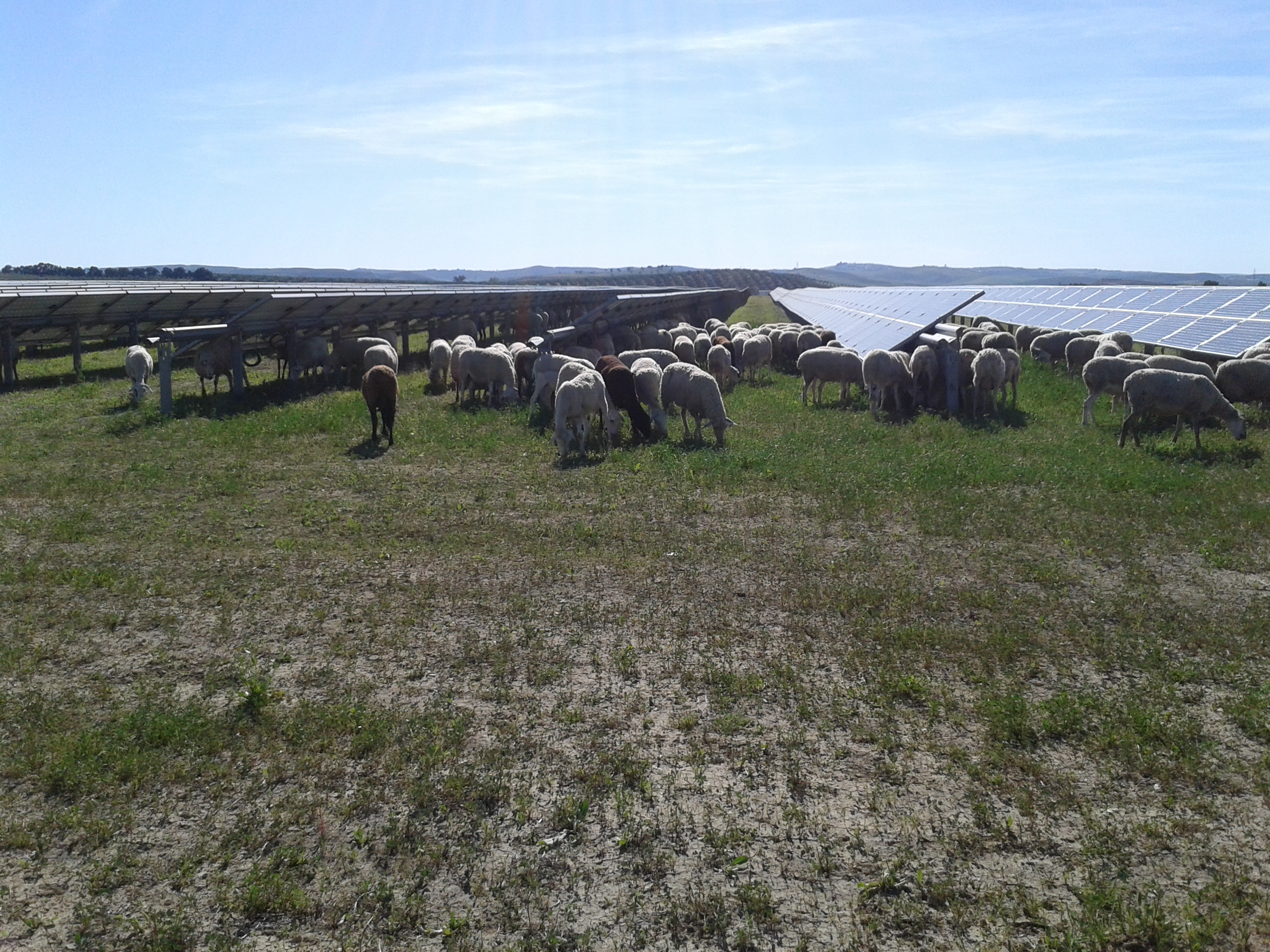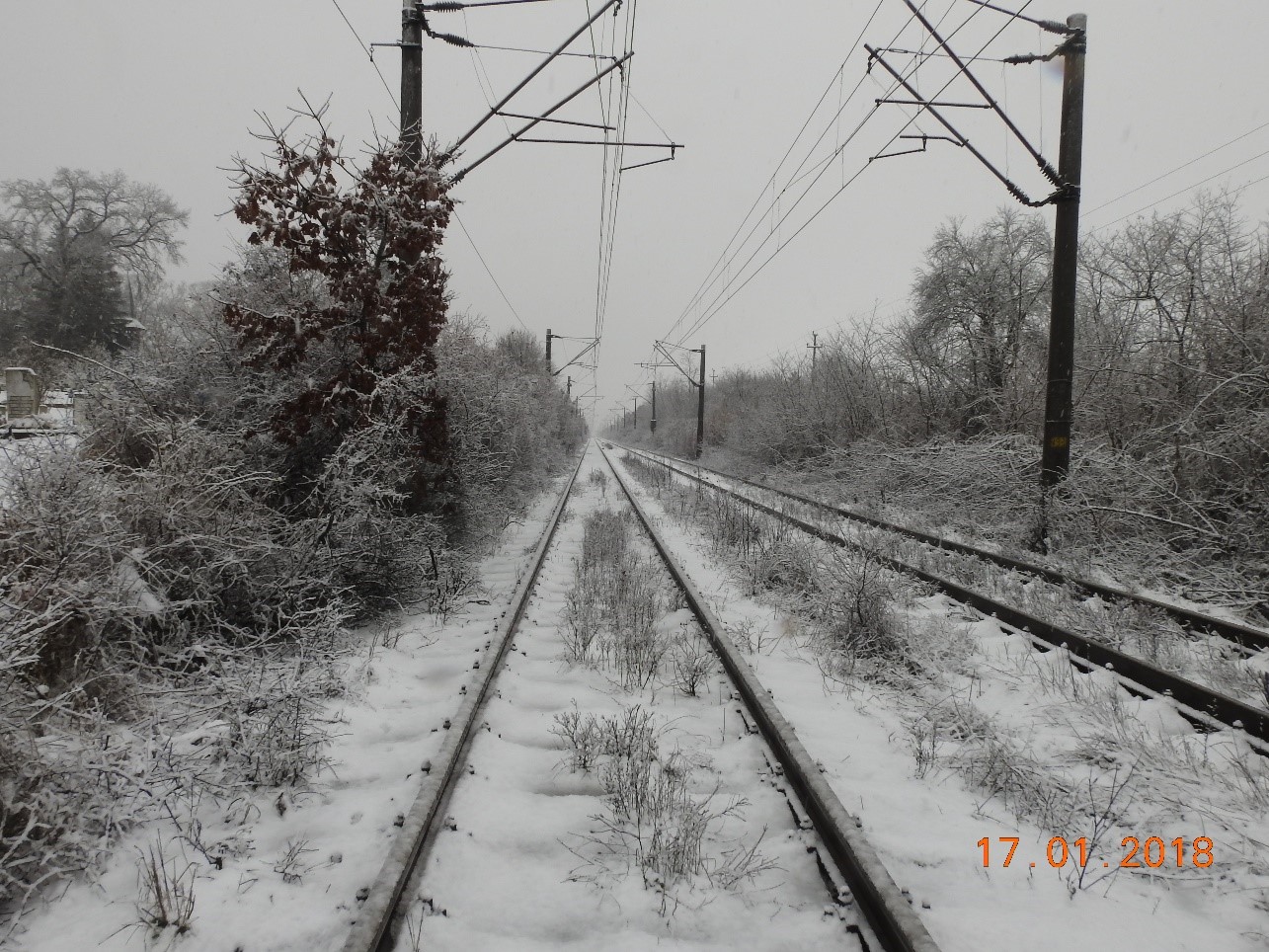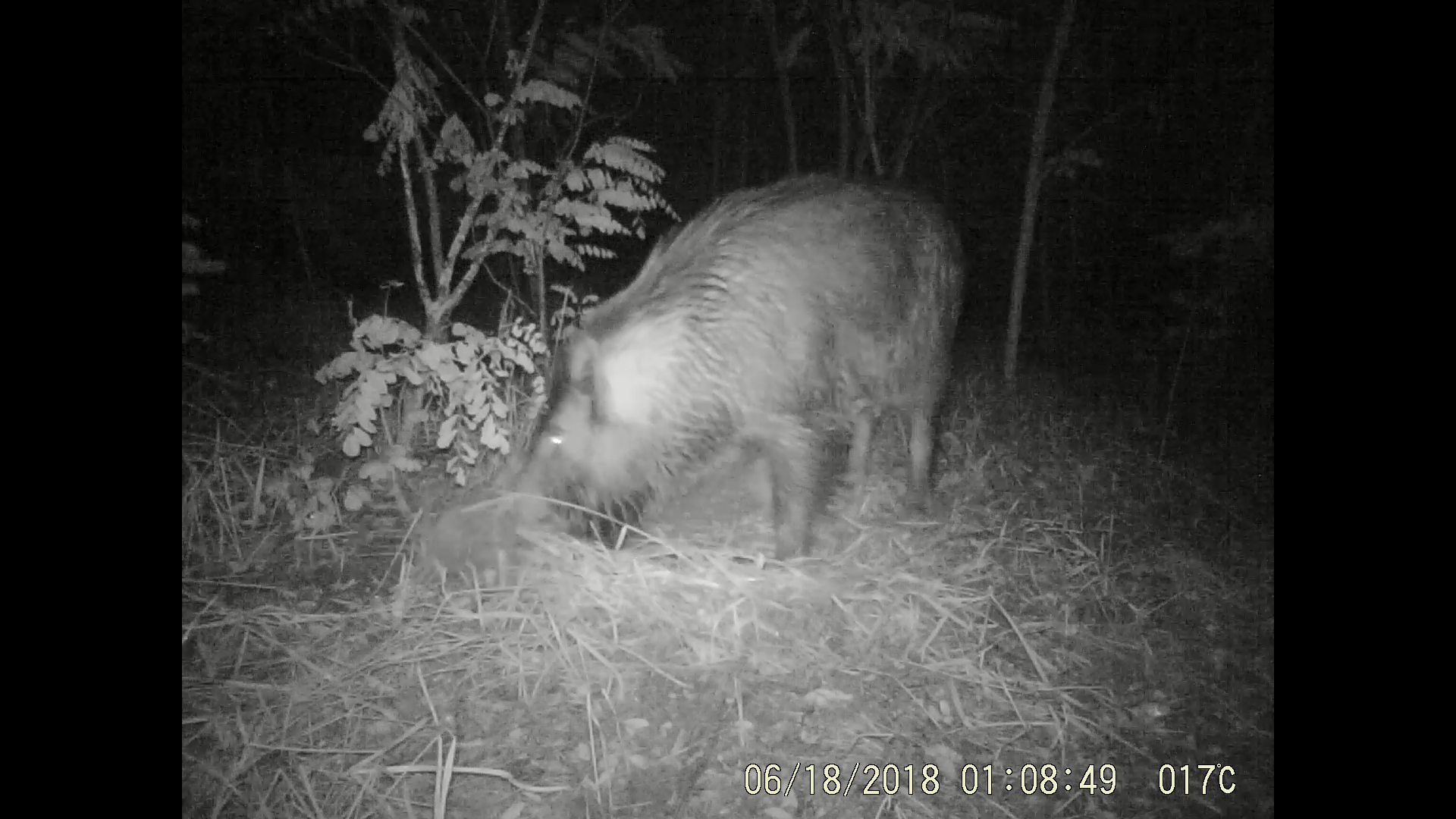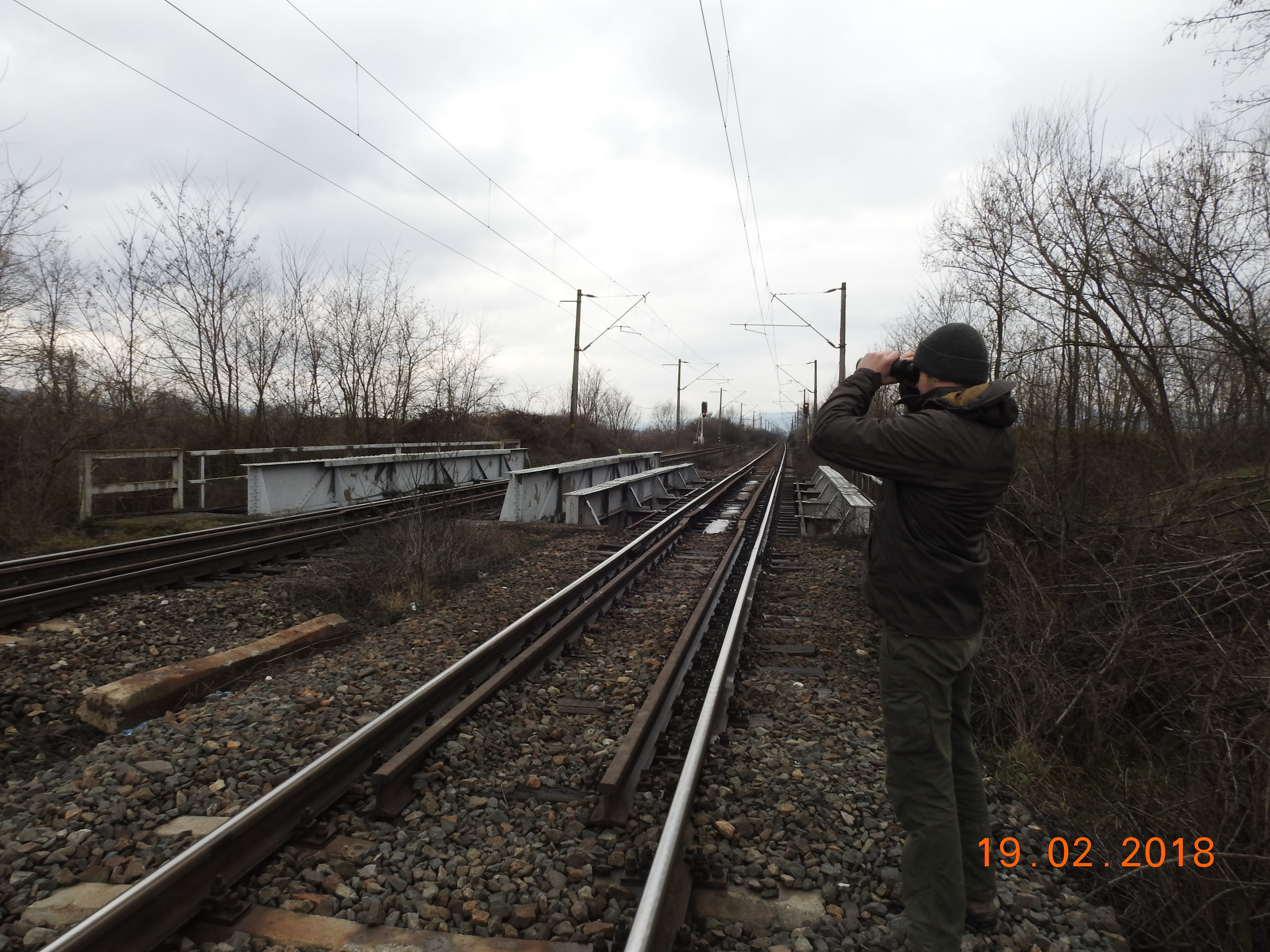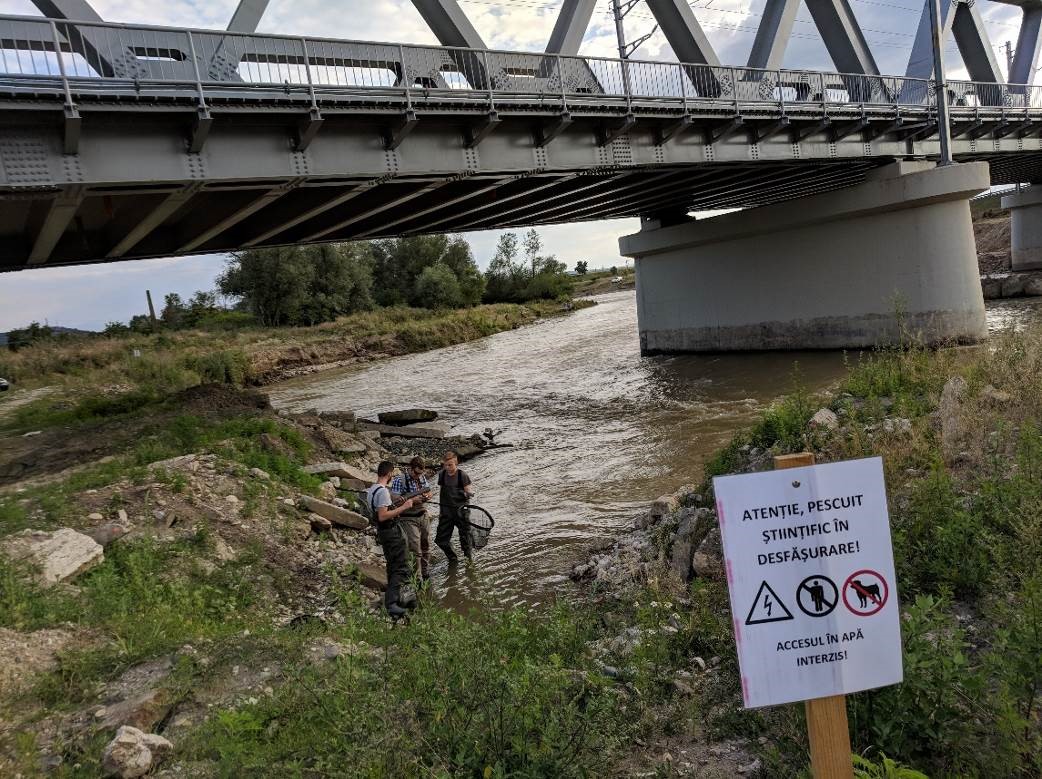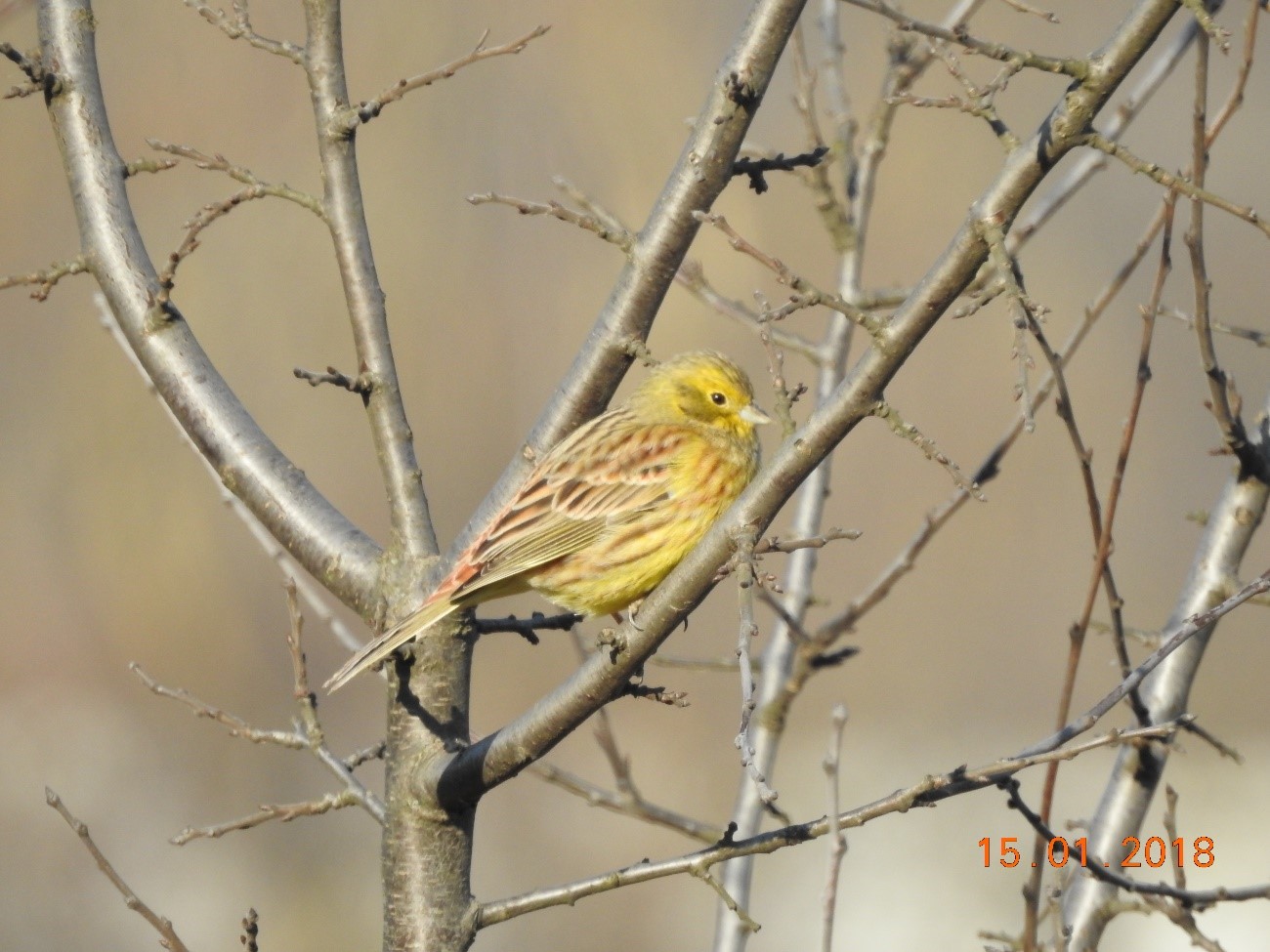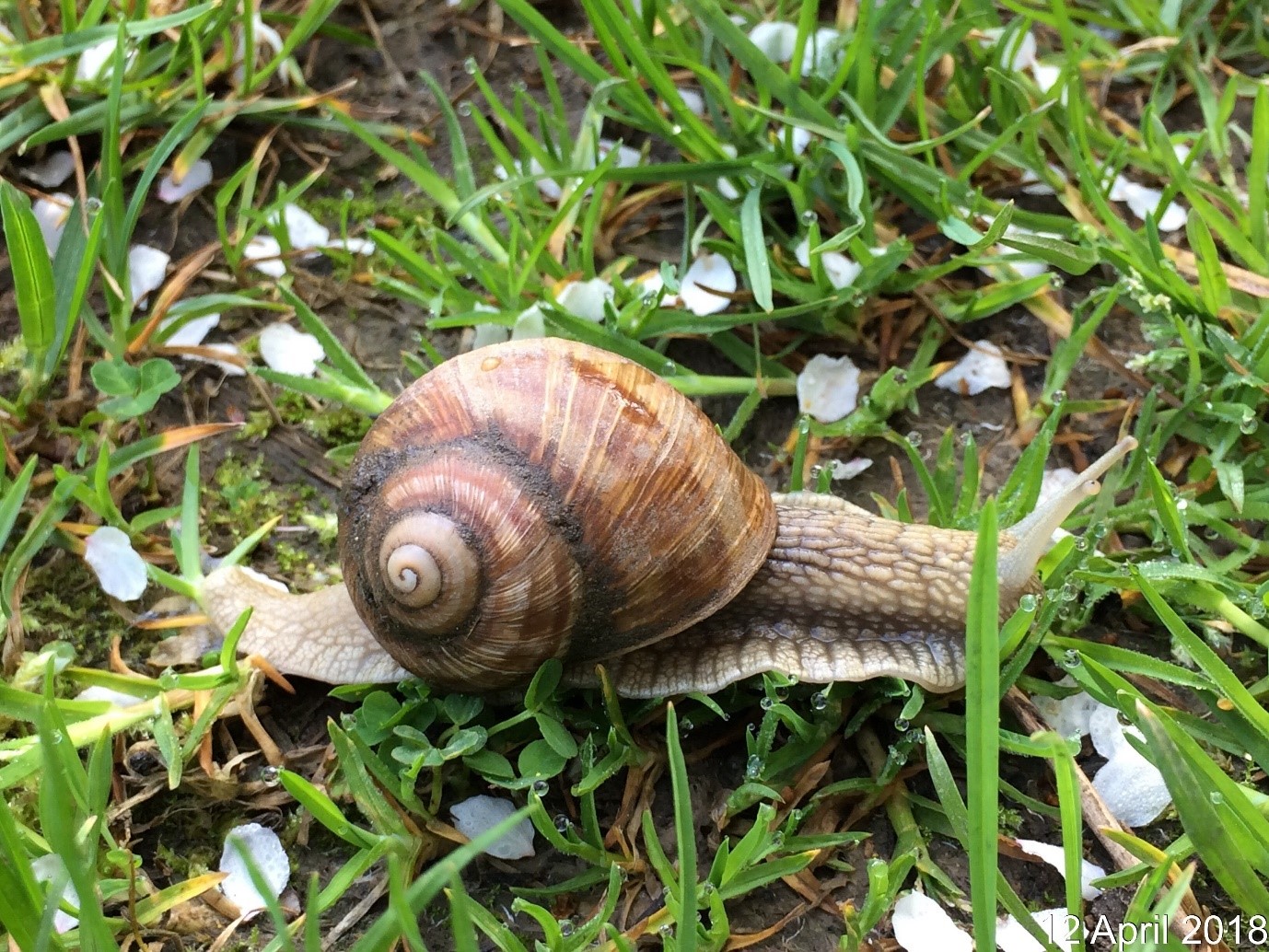Gurasada-Simeria railway section
Description of social and environmental performance.
Problem detected:
The construction and renovation works of the Gurasada-Simeria (Romania) railway section run through two areas of special natural value. Along a 40 km section, the road crosses the river Mureş between Branisca and Ilia (Site of Conservation Interest, LIC ROSCI 0373) and passes near the Mureş gorge (LIC ROSCI 0064). Both are areas of great importance for biodiversity conservation. The effectiveness of measures to reduce the impact of works depends on their proper planning, so it is necessary to monitor their implementation.
Solutions adopted:
The monitoring of measures to reduce the impact of the works was the method selected to monitor their effectiveness throughout the project. The monitoring process began with an analysis of the project and the aspects that could have an impact on the environment, a literature review was carried out on the state of conservation of biodiversity in that area, wildlife and flora were sampled prior to the start of the work and remote monitoring equipment was installed (cameras).
The wildlife sampling consisted of the installation of 15 monitoring stations for reptiles, amphibians and Chiroptera (bats) and 16 stations for invertebrates, birds, mammals and flora.
Results:
Quarterly monitoring data in 2018 showed a great diversity of species in the area. Three animal and plant species of Community interest were identified (Helix pomatia, Lucanus cervus and Lycaena dispar), as well as species of special conservation interest, including invertebrates, amphibians, reptiles, fish, mammals (especially otters and beavers), bats and birds (some of which are included in Annex 1 of the Birds Directive 2009/147/EC on the conservation of wild birds).
The results confirmed that the actions carried out by FCC Construcción have been properly implemented to ensure that there is no significant impact on the wildlife populations that live in the impact zones of the works.
Maintaining control of the area’s biodiversity throughout the execution of work in the first few years of operation makes it possible to ensure compliance with the measures adopted, to record particular situations and to intervene rapidly if necessary to protect the ecosystem.









